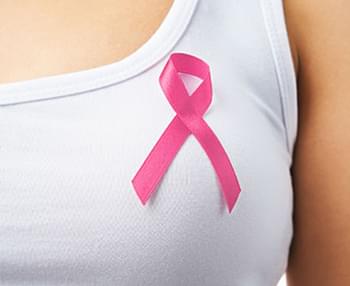
It can take a considerable amount of time for a cancerous cell in the breast to form a tumor and become detectable during a clinical examination or radiological imaging. Women typically notice a lump through self-examination when it reaches at least 1 cm in size. Nowadays, many breast cancer symptoms are first identified by individuals themselves. Cancerous lumps are generally hard, have irregular edges, a rough surface, and are not easily movable within the breast tissue.
If cancer has metastasized to distant organs, these spreadings can occasionally be the first sign of breast cancer. Common areas for breast cancer metastasis include the hip and spine bones, as well as the lungs and liver.
However, in some patients, none of these symptoms may be present, and cancer can only be detected through mammography. If any of the following symptoms are observed, it's crucial to consult a specialist promptly:
-
A lump (hardness or swelling) in the breast or underarm
-
Nipple discharge (bloody or clear from a single duct)
-
Inward pulling, indentation, or deformation of the nipple
-
Changes in the skin of the nipple (peeling, crusting)
-
Sores or redness on the breast skin
-
Swelling, edema, or dimpling of the breast skin (orange peel appearance)
-
Enlargement, deformation, asymmetry, or color change (redness, etc.) in the breast
Among deaths caused by all types of cancer, breast cancer ranks second, following lung cancer. According to the Turkish Statistical Institute's 2007 data, in Turkey, 22 out of every 100,000 women are diagnosed with breast cancer, and approximately 10 out of every 100,000 women die from it.
FALSE: Breast cancer does not occur in young women.
TRUE: While breast cancer is more common in women over 50, it can occur at any age.

